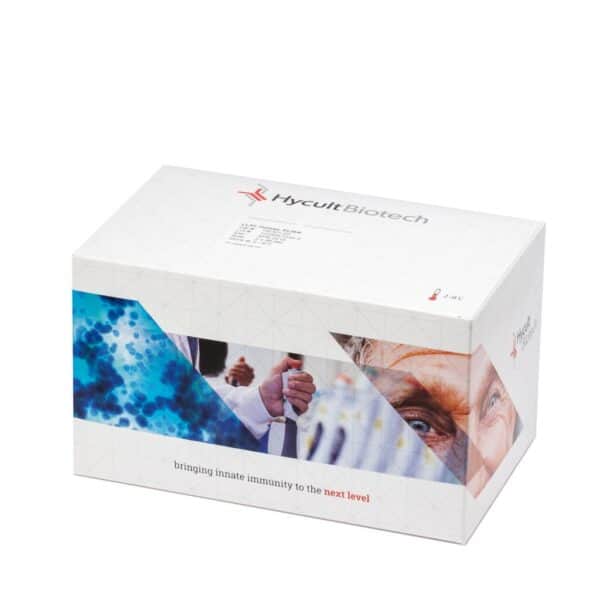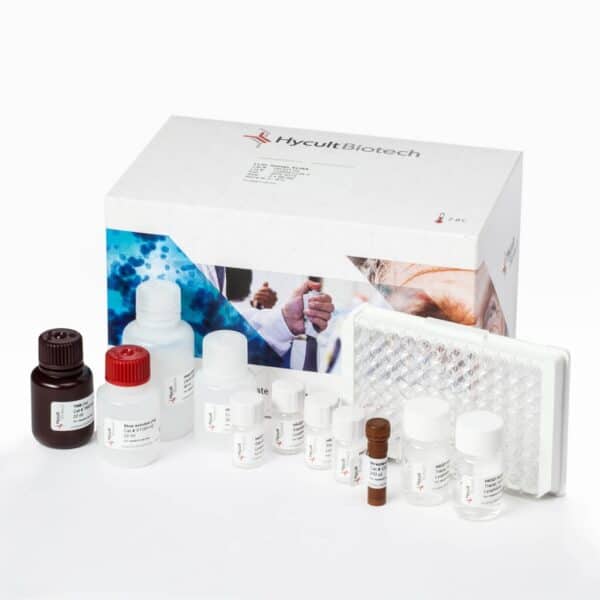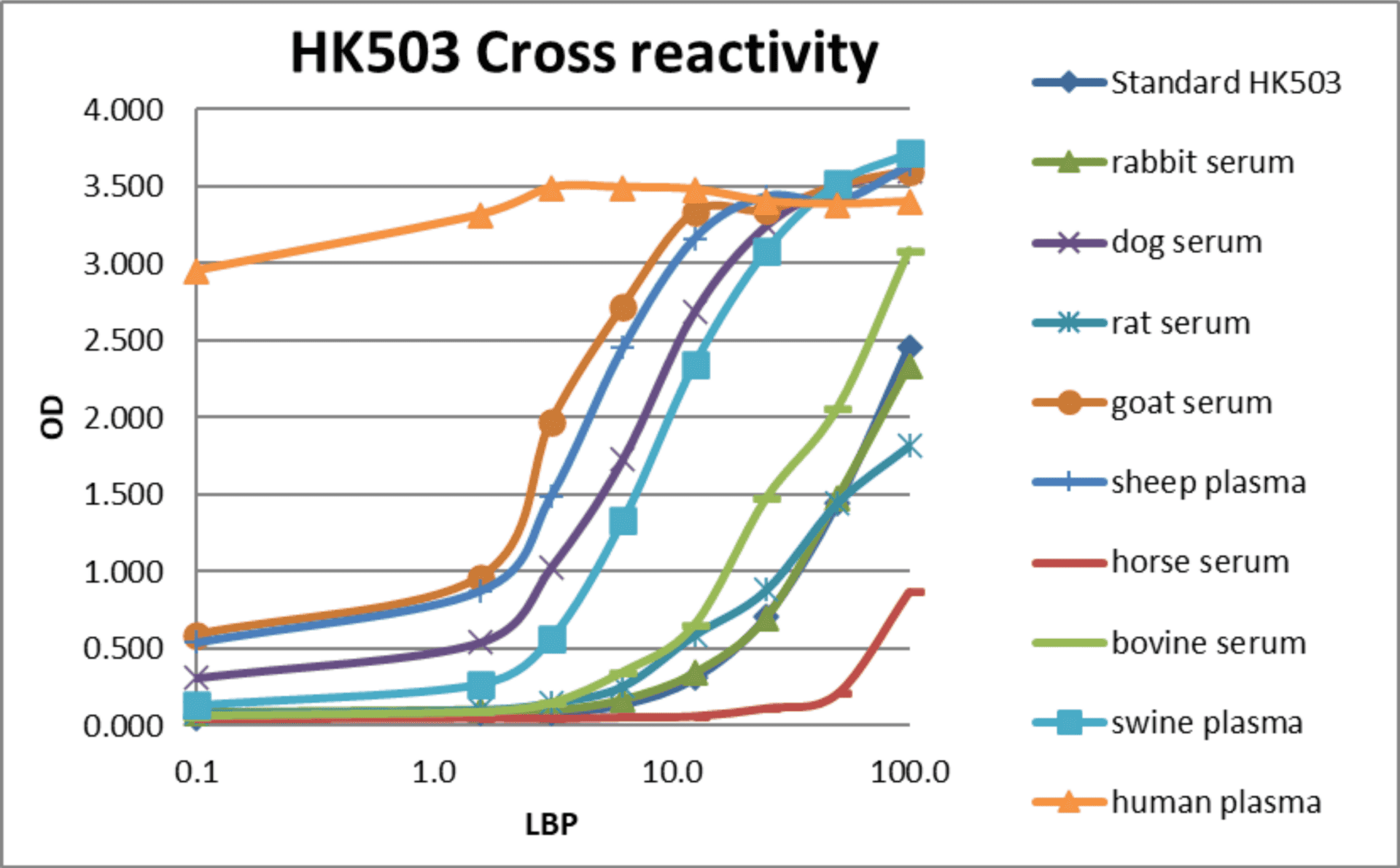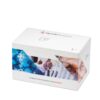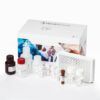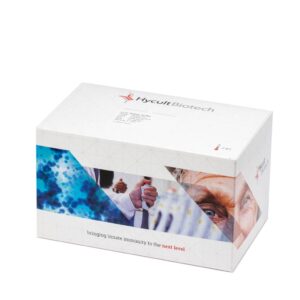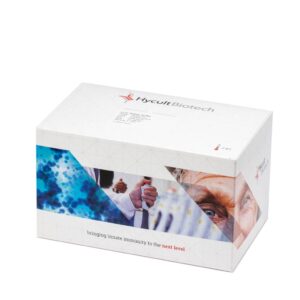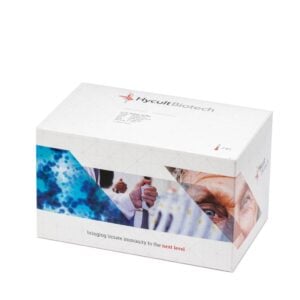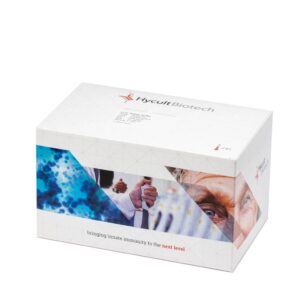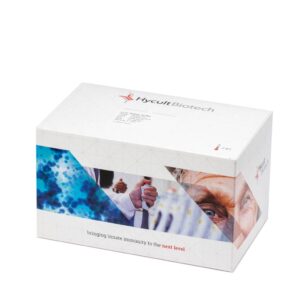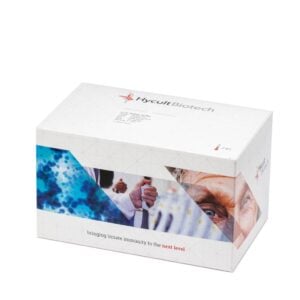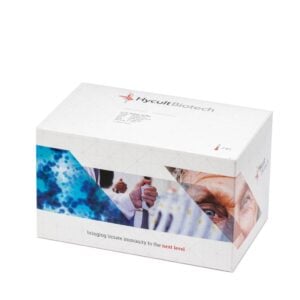LBP, various species, ELISA kit
LBP, an essential liver-produced protein, activates and neutralizes immune responses, highlighting its significance in immunological research.
Read more€1,099.00
The liver constitutively produces Lipopolysaccharide (LPS) Binding Protein (LBP), a type 1 acute phase protein that swiftly increases during acute phase responses. LBP assumes a pivotal role in responding to LPS by catalyzing LPS monomerization and facilitating its transfer to (s)CD14 and lipoproteins. This dual function positions LBP at the heart of LPS’s activation pathway—triggering monocyte activation and the subsequent release of inflammatory mediators—and its neutralization pathway—enabling the lipoprotein-mediated uptake and clearance of LPS. Researchers widely use assays to measure functional LBP levels in cell culture supernatants, plasma, and serum from various species, noting its presence escalates in the plasma of healthy individuals during acute phase responses. This highlights LBP’s significance in both activating immune responses to pathogens and mitigating their potentially harmful effects, underscoring its critical role in immunology research.
You may also like…
-
View product €1,784.00
-
View product €756.00 €1,223.00Price range: €756.00 through €1,223.00
-
View product €756.00 €1,223.00Price range: €756.00 through €1,223.00
You may be interested in…
-
View product €1,450.00
-
View product €825.00 €1,359.00Price range: €825.00 through €1,359.00
-
View product €688.00 €1,127.00Price range: €688.00 through €1,127.00
